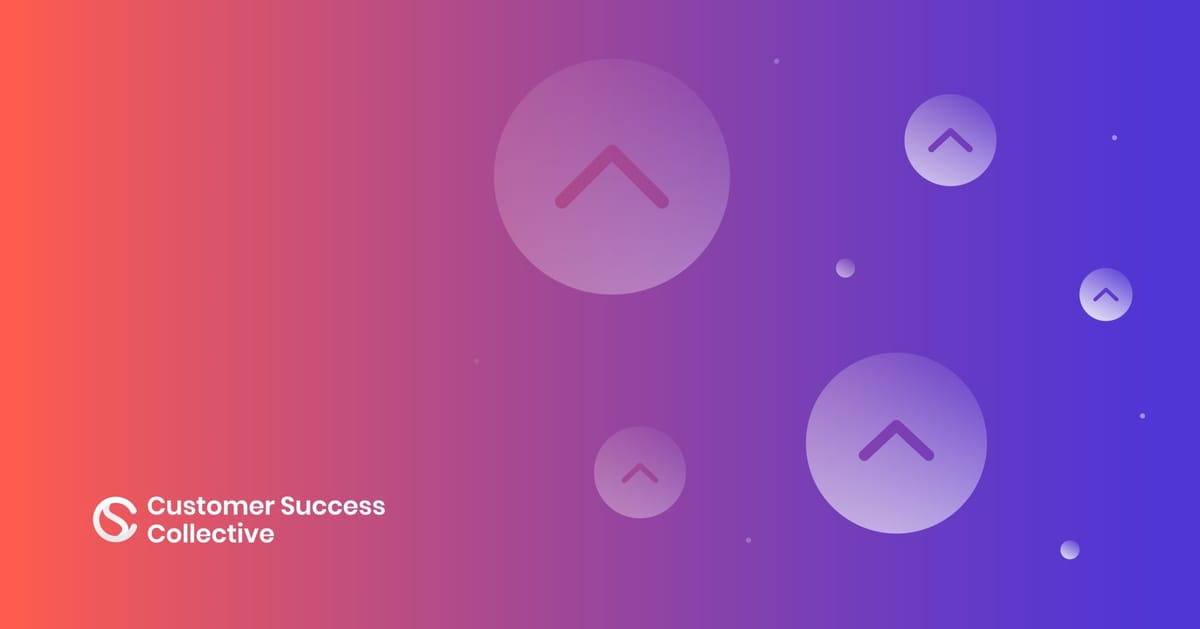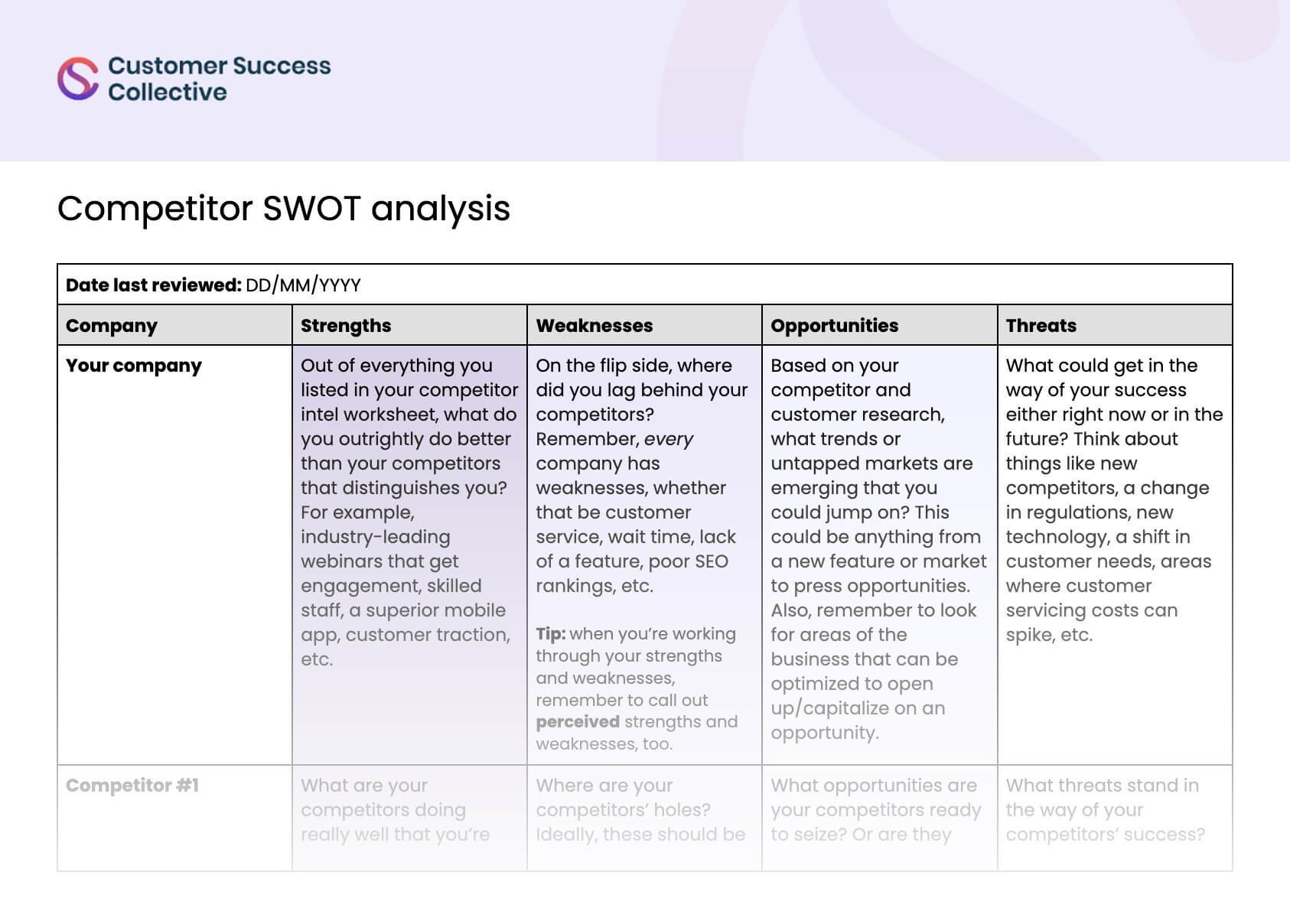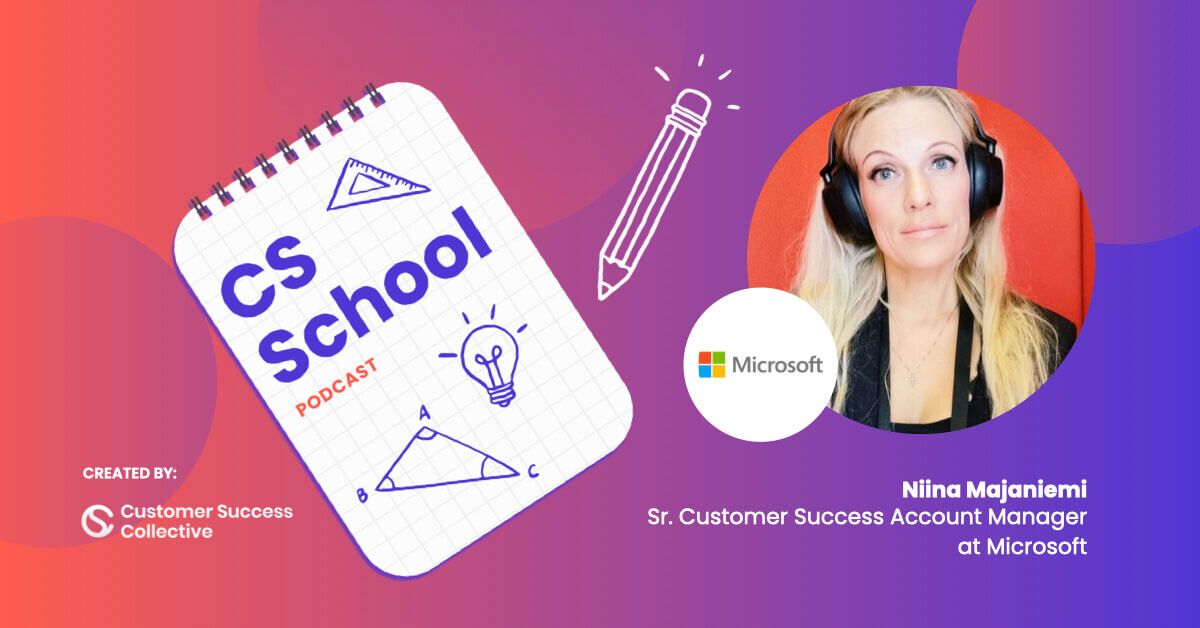In business, any key stakeholder wants consistency and positive outcomes. That’s why getting ahead of problems and fixing them before they manifest is a corporate superpower. And in a subscription business, retention is king.
But let’s not forget one crucial fact: customer success plans aren’t monoliths. As handy as they are, as brilliant as your retention playbook might be, it’s not guaranteed to work the exact same way for different clients.
So, if you think you’re struggling with retaining your customers, take some time to review what you might be doing wrong.
In this article, we’ll look at some of the most common mistakes in a standard customer retention strategy and, most importantly, learn how to avoid them.
Here are the topline info if you're in a rush and can't read the whole article:
- Your business is solely focused on customer acquisition
- You’ve already decided it’s too late to stop customer churn
- You’re ignoring the gift of automation
- You’re not analyzing your competitors
- You’re not treating frustrated customers with empathy
Mistake #1: Your business is solely focused on customer acquisition
Although the new revenue gained via accumulating new customers is an undeniable thrill, you should never, ever ignore your existing customers.
If you find that your business is prioritizing new sales and reducing resources spent on customer success initiatives, try to advocate the benefits customer retention has, especially the time and cost you can save.
Keep in mind that reactive customer retention is not an option in the business world today.

Mistake #2: You’ve already decided it’s too late to stop customer churn
Many CSMs think it’s too late to save a customer when they are ready to leave. Although it's highly recommended that you proactively predict churn, sometimes there are still instances where you just miss that one customer.
But instead of thinking that the customer is beyond saving, you should have the mindset that there is still a possibility that the customer will stay. You’ll never know until you’ve tried everything to save that customer.
If you pick up signs that a customer might jump ship, don't panic, but do make it a priority to connect with them quickly.
Schedule some time for a call, ideally as soon as you can. Make it a two-way dialogue, asking lots of open-ended questions to get to the heart of any frustrations they have. Practice deep listening and try to see things from their perspective. If there are legitimate issues that need fixing, start by taking ownership and apologizing that we fell short of expectations.
Next, get creative with coming up with ways we can reconcile in the interim before longer-term solutions are implemented. Are there any concessions or accommodations we can offer that might help smooth things over? Run some ideas by them and see what appeals. The goal is to regain their trust and confidence that we can still be a valuable partner.

From there, collaborate with the customer to put together a concrete retention plan. Show them product changes on the horizon that will directly improve their experience. Provide timeframes for rollouts. Bring pricing flexibility into play if the cost was raised as a pain point. We want to bend over backward, within reason, to get this partnership back on track.
Then set up regular check-ins to keep tabs on progress. Issues that crop up should get escalated for prompt resolution. Basically, over-communicate around addressing their needs. Follow up consistently to rebuild credibility. Tracking improvement metrics is key too – if we need to modify the course, we can plan ahead based on those insights.
The bottom line is identifying and rectifying churn risks early on. Losing touch with customers is often gradual and allowing frustrations to pile up makes recovery harder. Being proactive, persistent, and personable in re-engaging goes a long way.

Mistake #3: You’re ignoring the gift of automation
We’re all humans and only have 24 hours a day, so it’s a good idea to accept that you can’t do everything alone. Not everything can be done manually.
Automating repetitive processes can save you a great deal of time, so you should do it whenever possible. You might be wondering: “When should I use automation, and when shouldn’t I?”
Well, here’s a rule of thumb: divide your tasks into two categories:
a)Tasks that value personal interaction
When you’re answering your customers’ queries, for example, you’ll have almost certainly encountered this yourself as a customer.
Picture this: You’ve got an urgent problem with a product, and you reached out to the company, only to find out your only option is to speak to a computer. What’s even worse, you can’t find a number to contact.
Let’s be honest, this seems like a minor, everyday annoyance, but it’s a shoo-in to rattle any busy person and negatively influence their opinion of your brand.
When there’s something wrong, and it can’t be solved with a chatbot, human contact is the only thing that’ll suffice. So this is the type of task you don’t want to rely on automation.
b) Tasks that require less personal interaction
If you’ve got tasks that require communication in higher volumes, such as surveys, email notifications, and product updates, put them in this second category.
With these tasks, it makes more sense to automate the processes. It not only saves you time and cost, but it also reduces your workload and stress, which in the long run, allows you to focus your efforts more efficiently.

Mistake #4: You’re not analyzing your competitors
You might fall short because you’re not researching your competitors extensively. Competitive intelligence isn’t practiced solely by marketing. In fact, knowing your competition helps you identify the areas you need to compete in and gives you a platform for differentiating yourself.
You might think your idea is awesome, but if you don’t check what your competitors are already offering, you can’t set yourself apart in the saturated market.
Likewise, your product may be the best in the market for now, but if you fail to keep up with your competitors, they will most likely work on offering something even better. So, while you focus on your customers’ experiences, also take some time to find out how you stand up against your competitors.
You can access the full template, plus a treasure trove more, with a Customer Success Collective membership plan.

Mistake #5: You’re not treating frustrated customers with empathy
Right, buckle up because we’ve saved the best ‘till last. Sure, you might hear “dealing with customer frustration” and think, “Come again? That sounds pretty reactive, not proactive. After all, customer success isn’t customer support.”
But dealing with customer frustration doesn’t mean you’re at the end of a phone waiting for complaint after complaint to ring through. The scary thing is that customer frustration can happen at any point in the customer journey.
Customer frustration is a CSM’s golden opportunity to let their secret weapon shine; this is the secret weapon that sets customer success apart from every business function; we’re talking about empathy.
An example of empathy
Try this scenario on for size: you’ve got a dissatisfied, bordering-on angry customer who won’t stop complaining about a slight bug with your product. It’s not ideal.
95% of their experience has been flawless. The product has been performing exactly as it should, and the customer has been executing their goals left, right, and center. All apart from one tiny corner, one tiny crevice of your platform. It’s categorically an issue, but a minor one in an otherwise seamless experience. You’ve alerted your product team to tackle in several sprints’ time.

Unfortunately, it’s wound the customer up the wrong way. They won’t stop raising support tickets, and it’s been brought to their org’s senior stakeholders. So, if you encounter this, what would you do?
It’s natural to think of this customer as pedantic and perhaps a little whiny. After all, it’s not a huge deal in the grand scheme of things. But you notice tensions are rising, and you want to protect your company’s brand image. But here’s a tip on how you can handle this.
Try to see this situation as an opportunity to better your product. Remember, as a CSM, you are constantly growing with your customers, and to do that, you need to understand that these customers have the same goal as you — which is to get the most value out of your product.
So when encountering this situation, it’s always best to apologize first and show your empathy. This helps to de-escalate the heated conversation and turns it into a productive one.
Make sure that you actively listen to their frustration and map out the steps you’ll take to solve the problem. If you can, explain the time frame of your product team’s sprint cycle, and indicate when this will be fixed.

Here’s a draft email you can use as inspiration:
I sincerely apologize for the frustration this bug has caused. I understand how one small issue can be incredibly disruptive when the rest of the product has been working so well. You deserve for everything to operate smoothly.
While I cannot promise an immediate fix, I want to assure you our team is making this a top priority. We plan to have a patch deployed by [MM/DD/YYY], as part of our standard development cycle.
In the meantime, I would be happy to schedule a call to discuss some temporary workarounds. I'm also interested in learning more about how this bug specifically impacts your workflows, so we can better meet your needs in the future.
My goal is for you to get the most value out of our product. I appreciate you voicing your concerns, as it will ultimately help us improve. Please feel free to reach out to me directly at any time if other issues come up. I will be your advocate to make sure our developers understand the significance of problems from your perspective.
Warm regards,
[CSM's Name]
After the customer agrees with your idea, don’t forget to follow through on your promises. If you promised to get back to them in three days, you need to do so. By living up to your promises, you can build trust with your customers and deepen the relationship.
TL;DR
So, there you have it! We’ve just listed some of the most common customer retention mistakes countless SaaS organizations make when managing customer relationships.
As a CSM, you might be beating yourself up when you realize you’ve done something wrong, and that could cost you a customer. But just remember that sometimes making mistakes is just a part of the customer success process, and as long as you’re learning from them, you’re growing stronger with your customers.
Want to take your retention strategy to the next level?
Customer Retention Certified: Masters is an elite course that will take you on a curiosity voyage.
You'll learn the theory of customer retention and discover the best metrics to use, as well as get access to industry-leading frameworks and fireside chats with CS leaders. 🔥
At the end of this course, you'll be able to go back to your team and execute successful customer retention strategies of your own.
What you can expect from Customer Retention Certified: Masters
👨🏼💻 3+ hours of course content.
🔥 90 minutes of bonus features with retention royalty like Michelle Wideman, Dan Farley, and Priyanka Yadav.
🛠 8 tried, tested, and vetted templates.
✅ 40+ exam questions to consolidate the course curriculum.
👌 Lifetime access to all the course’s content – including future updates.
🧠 Facility to ask text-based questions throughout, all of which are answered by a CS leader.
🔖 Official certification if you pass all the exams.



 Follow us on LinkedIn
Follow us on LinkedIn




